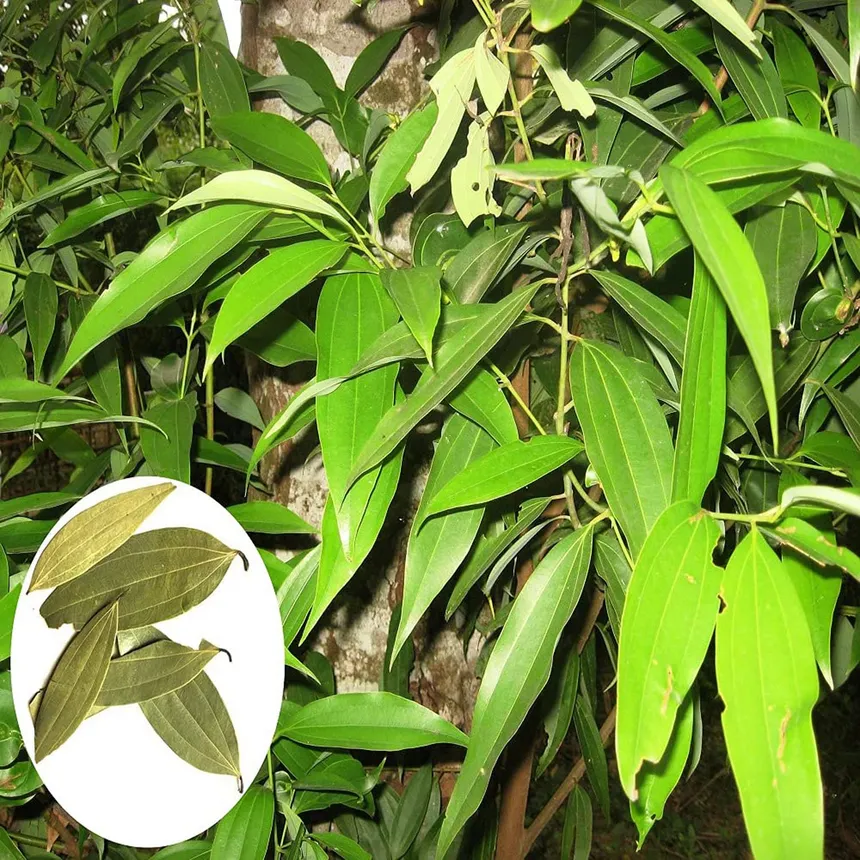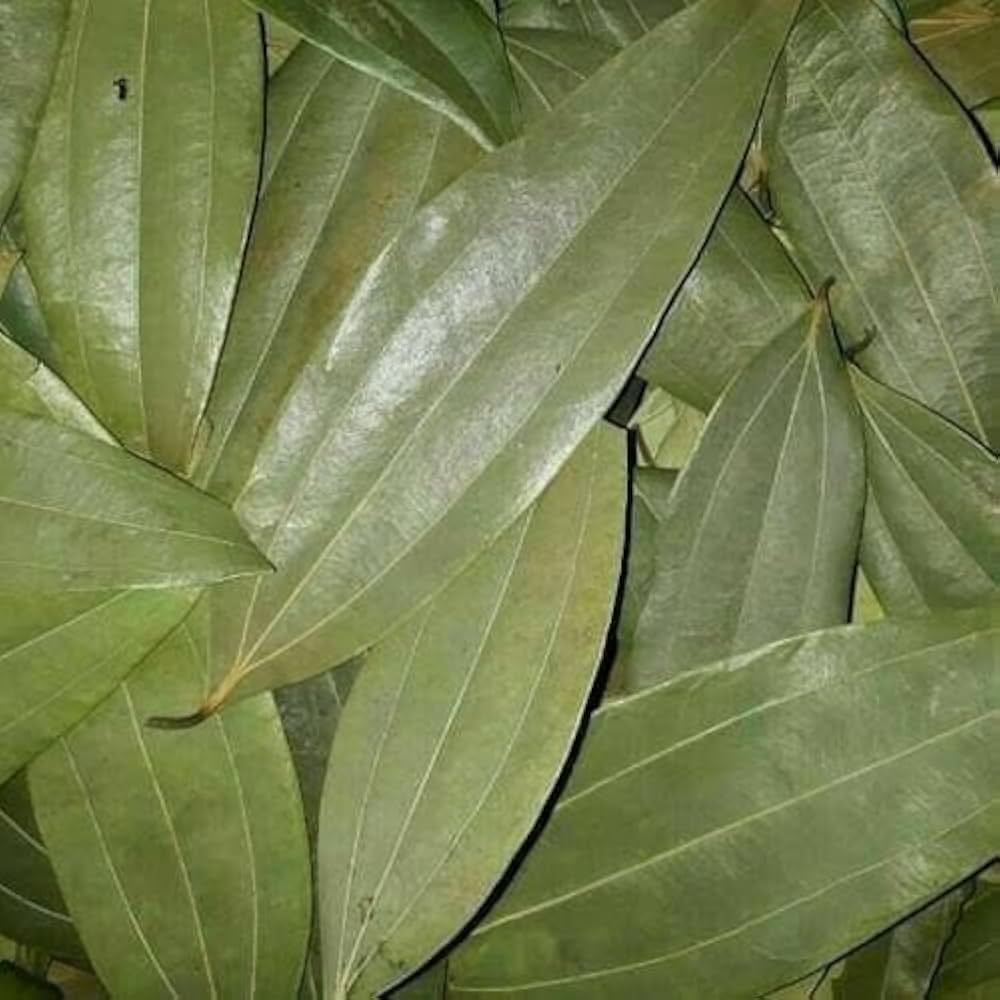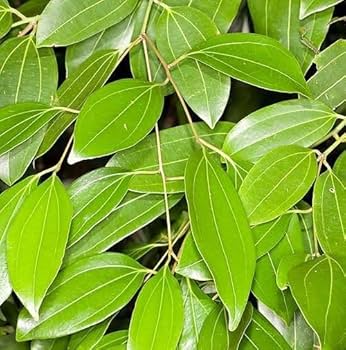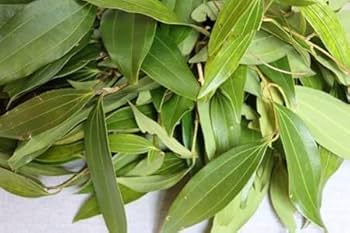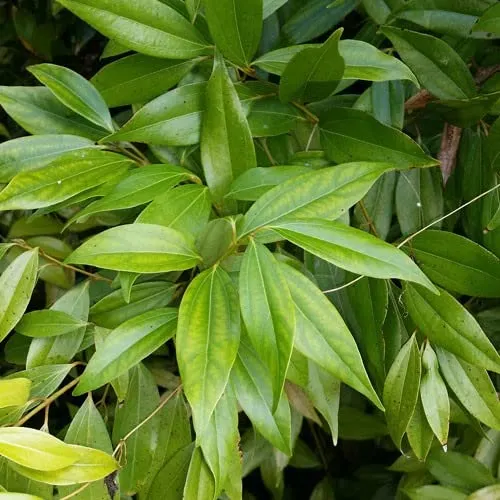🍃 Bay Leaves (Tej Patta): Aromatic Leaf of Indian Cuisine
1. Origin in India
Botanical Name: Cinnamomum tamala
Commonly known in India as Tej Patta or Indian Bay Leaf.
Native to the Himalayan regions of India, especially found in:
Uttarakhand, Himachal Pradesh, Sikkim, Arunachal Pradesh, and North Bengal.
Grows in temperate to subtropical climates, particularly on the slopes of the Himalayas at altitudes between 1000–2500 meters.
Belongs to the cinnamon family and differs from the Mediterranean bay leaf (Laurus nobilis).
2. Common Uses of Bay Leaves
🍛 Culinary Uses:
Used as a flavoring agent in:
Indian dishes like biryani, pulao, curries, korma, soups, and dal tadka.
Spice mixes like garam masala, panch phoron, and kadha (herbal decoction).
Usually added whole during cooking and removed before serving due to its tough texture.
🧪 Other Uses:
Used in Ayurvedic decoctions, essential oils, natural insect repellents, and traditional medicines.
Leaves are also burnt for aromatic purification rituals in Indian households.
3. Medicinal Properties of Bay Leaves
Bay leaves are known for their digestive, anti-inflammatory, and antimicrobial properties, widely used in Ayurveda and traditional healing systems.
🔬 Health Benefits:
Digestive Health: Stimulates digestion, reduces bloating, acidity, and gas.
Anti-inflammatory: Helps relieve joint pain and respiratory inflammation.
Blood Sugar Control: May help manage blood sugar and cholesterol (used in diabetic diets).
Respiratory Relief: Boiled in water or used in steam to relieve cold, cough, and congestion.
Antioxidant & Detoxifying: Rich in compounds like cineole and eugenol that protect against cell damage.
Heart Health: May help reduce blood pressure and improve circulation.
Wound Healing: Leaf extracts are used for their antibacterial and antifungal effects.
4. Harvesting Process
🌿 Plant Type:
Evergreen tree that grows 10–20 meters tall, with shiny green, aromatic leaves.
🌾 Harvesting Steps:
Harvest Season: Usually during autumn to early winter (October to December).
Plucking: Mature leaves are hand-picked or cut from branches.
Cleaning: Leaves are washed to remove dirt and debris.
Drying:
Sun-dried under shade to retain natural color and aroma.
Proper airflow is maintained to avoid mold or spoilage.
Grading:
Leaves are sorted by size, color, and aroma.
Storage:
Stored in airtight containers or sacks in cool, dry places to maintain potency.
5. Key Differences: Indian vs Mediterranean Bay Leaves
| Feature | Indian Bay Leaf (C. tamala) | Mediterranean Bay Leaf (L. nobilis) |
|---|---|---|
| Shape | Long, broad, 3-veined | Oval, pointed |
| Aroma | Sweet, cinnamon-like | Sharp, minty, and clove-like |
| Culinary Use | Indian cuisine, masalas | European soups, stews, sauces |
| Botanical Family | Cinnamon family (Lauraceae) | Laurel family (Lauraceae) |
6. Summary of Health Benefits
| Property | Benefit |
|---|---|
| Digestive Aid | Reduces bloating, improves metabolism |
| Respiratory Relief | Clears congestion, helps cold and cough |
| Anti-inflammatory | Eases joint pain and swelling |
| Blood Sugar Control | Supports diabetic health when consumed regularly |
| Antioxidant | Fights oxidative stress and aging |
| Natural Antibacterial | Helps in wound healing and preventing infections |
7. Ayurvedic Perspective
Known as “Tamala Patra” in Ayurveda.
Balances Vata and Kapha doshas.
Used in digestive churnas, kadha formulations, and immunity-boosting herbal teas.

